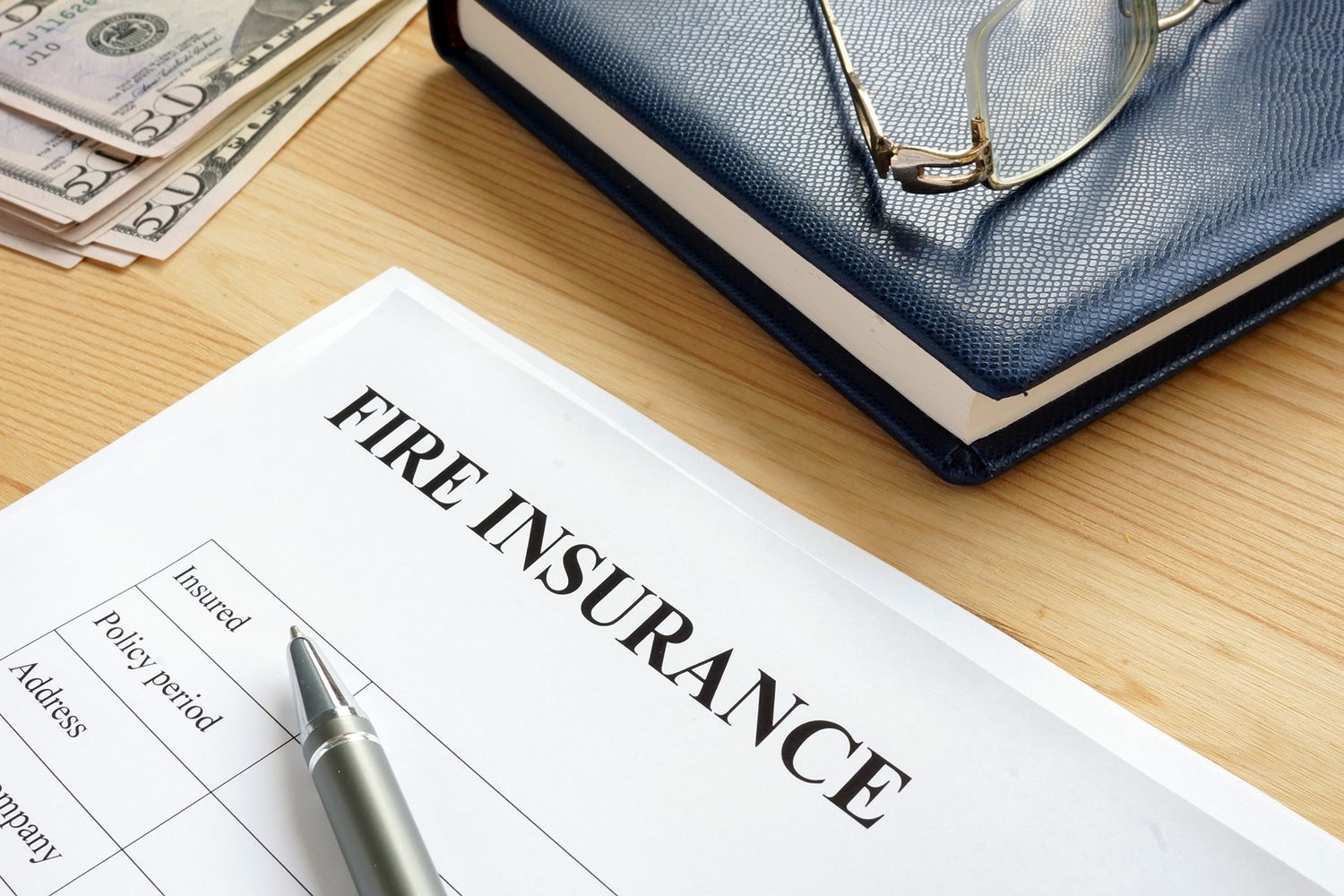A Comprehensive Guide to Fire Insurance

Last Updated on by Daniel Lawrence
Fire, a force of nature that has both fueled human progress and posed a constant threat. As we build and expand our homes, businesses, and communities, the risk of fire-related losses becomes increasingly significant. This is where fire insurance steps in—a financial safety net designed to protect against the devastating consequences of flames. In this blog post, we’ll delve into the world of fire insurance, exploring what it is, how it works, and why it’s an essential aspect of risk management.
What is Fire Insurance?
Fire insurance is a type of property insurance that provides coverage against the financial losses incurred due to damage or destruction caused by fire. This form of insurance not only protects physical structures but also the contents within, ensuring that individuals and businesses can recover from the aftermath of a fire without shouldering the full financial burden.
Key Components of Fire Insurance

-
Coverage for Property:
- Dwelling Coverage: Protects the structure of the insured property, including the foundation, walls, roof, and attached structures like garages.
- Personal Property Coverage: Covers the contents inside the property, such as furniture, appliances, clothing, and valuables.
-
Additional Living Expenses (ALE):
- In the event that the insured property becomes uninhabitable due to fire damage, ALE coverage helps with temporary living expenses, including accommodation, food, and transportation.
-
Liability Coverage:
- Protects the policyholder from legal and financial consequences if they are found responsible for a fire that causes damage to other people’s property or injures someone.
How Does Fire Insurance Work?
-
Policy Application:
- Individuals or businesses interested in obtaining fire insurance submit an application to an insurance provider. The application typically includes details about the property, its contents, and the level of coverage desired.
-
Premiums:
- Once the application is approved, the policyholder pays regular premiums to maintain coverage. The amount of the premium is determined by factors such as the property’s location, size, construction materials, and fire protection measures in place.
-
Deductibles:
- In the event of a fire-related claim, the policyholder is responsible for paying a deductible—a predetermined amount specified in the insurance policy. The insurance company covers the remaining eligible expenses.
-
Claims Process:
- When a fire occurs, the policyholder must promptly notify the insurance company and provide documentation of the damage. The insurer then assesses the claim and disburses funds to cover the repair or replacement costs.
Why is Fire Insurance Essential?
-
Financial Protection:
- Fire insurance shields individuals and businesses from the substantial financial losses associated with fire damage. It ensures that the path to recovery is not hindered by the burden of rebuilding or replacing property.
-
Risk Management:
- Given the unpredictable nature of fires, having insurance is a fundamental aspect of risk management. It allows property owners to mitigate the impact of unforeseen events and continue with their lives or operations.
-
Legal and Financial Peace of Mind:
- Liability coverage included in fire insurance provides peace of mind, knowing that legal and financial consequences arising from damage to others’ property or injuries are covered.
Conclusion
In a world where the threat of fire is omnipresent, fire insurance emerges as a vital tool for safeguarding homes, businesses, and livelihoods. Understanding its components, how it works, and why it is crucial can empower individuals and organizations to make informed decisions about protecting themselves from the destructive force of flames. As we navigate the complexities of modern life, embracing the security offered by fire insurance becomes not just a choice but a responsible step towards resilience and recovery in the face of unforeseen challenges.